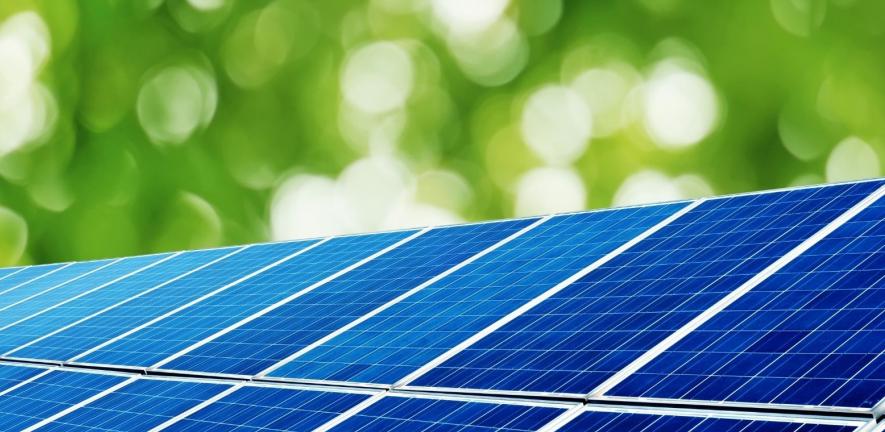
Submitted by Jessica Haskell on Fri, 2021-01-22 16:10
The University adopted a science based carbon reduction target (SBCRT) for scope 1 and 2 (energy-related) carbon emissions from its operational estate back in 2019. Since then, work has been underway to develop SBCRTs for the wider University, using a consistent approach.
In 2020, Cambridge University Press adopted a SBCRT for its scope 1 and 2 emissions, which commits the Press to become zero carbon across its global operations by 2048. The Press have expressed an aspiration to achieve zero carbon by 2038. As interim targets, the SBCRT requires the Press to:
- Reduce scope 1 and 2 emissions from its UK-based operations by 75% by 2030.
- Reduce emissions from its operations outside the UK by 65% by 2030.
- Reduce emissions from its global operations by 70% by 2030.
You can read more about the Press’ environmental commitments and initiatives at https://www.cambridge.org/about-us/environment-and-community.
SBCRTs have also been developed for the North West Cambridge Development and Cambridge Assessment, but these are yet to be approved.
In parallel with this work, the University has commissioned the development of a SBCRT tool for each of the 31 Colleges to use, and has provided them with training and data so that they can use the tool to generate their own SBCRTs. Several Colleges are now in the process of developing their targets.
Science based carbon reduction targets, or Science Based Targets (SBTs) for some sectors, are organisation-specific targets, developed to reflect the latest climate science and ensure that an organisation reduces its emissions in line with the scale of action required to meet the aims of the Paris Agreement. As they are organisation-specific, SBTs may vary from one organisation to another, even though they are based on the same data and methodology. You can read more about SBTs here: https://sciencebasedtargets.org.
Written by Sally Pidgeon, Carbon and Energy Manager
